-
 Bitcoin
Bitcoin $107,323.9971
-0.42% -
 Ethereum
Ethereum $2,442.7415
-1.58% -
 Tether USDt
Tether USDt $1.0005
0.00% -
 XRP
XRP $2.0902
-4.49% -
 BNB
BNB $645.3561
-0.33% -
 Solana
Solana $140.8832
-2.81% -
 USDC
USDC $0.9999
0.01% -
 TRON
TRON $0.2713
0.17% -
 Dogecoin
Dogecoin $0.1611
-2.35% -
 Cardano
Cardano $0.5556
-2.75% -
 Hyperliquid
Hyperliquid $36.8045
-1.10% -
 Bitcoin Cash
Bitcoin Cash $494.4393
-1.23% -
 Sui
Sui $2.6406
-2.97% -
 Chainlink
Chainlink $13.0846
-1.74% -
 UNUS SED LEO
UNUS SED LEO $9.0127
0.09% -
 Avalanche
Avalanche $17.4023
-1.37% -
 Stellar
Stellar $0.2339
-3.25% -
 Toncoin
Toncoin $2.8330
-0.57% -
 Shiba Inu
Shiba Inu $0.0...01124
-3.38% -
 Litecoin
Litecoin $84.9229
-0.60% -
 Hedera
Hedera $0.1432
-3.84% -
 Monero
Monero $311.0740
-1.35% -
 Bitget Token
Bitget Token $4.6591
3.94% -
 Dai
Dai $1.0001
0.01% -
 Ethena USDe
Ethena USDe $1.0000
-0.01% -
 Polkadot
Polkadot $3.3033
-1.64% -
 Uniswap
Uniswap $6.9221
-4.55% -
 Pi
Pi $0.5546
-4.86% -
 Aave
Aave $257.5046
-1.30% -
 Pepe
Pepe $0.0...09215
-3.26%
how to have xrp wallet
To safeguard their XRP funds, it's imperative for users to employ robust security measures, such as strong passwords, two-factor authentication (2FA), and awareness of phishing scams.
Nov 06, 2024 at 01:27 am
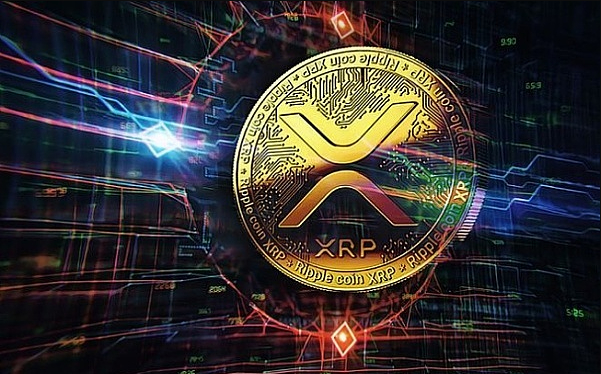
A Comprehensive Guide to Establishing an XRP Wallet
Introduction
XRP, developed by Ripple, is a decentralized cryptocurrency designed for fast and cost-efficient cross-border transactions. To fully utilize its capabilities, a reliable and secure wallet is essential. Setting up an XRP wallet is a straightforward process, and this guide will walk you through the steps to create and manage your own XRP wallet.
Step 1: Choose a Wallet Type
Several types of XRP wallets cater to different user preferences and security levels. Here's a breakdown of the main types:
1. Software Wallets (Desktop/Mobile):
- Easy to use and accessible from any device.
- Provides a balance between convenience and security.
- Can be custodial (managed by third parties) or non-custodial (controlled by you).
- Representative options: Atomic Wallet, Ledger Live, Exodus, Trust Wallet
2. Hardware Wallets:
- Physical devices that protect your private keys offline.
- Highest level of security against hacking and malicious attacks.
- Requires an initial investment but offers peace of mind.
- Representative options: Ledger Nano X, Trezor Model T, SafePal S1
3. Paper Wallets:
- Printable documents that contain your public and private keys.
- Offers maximum security as the keys are stored offline.
- Requires careful handling to prevent loss or damage.
Step 2: Select a Specific Wallet
Once you've chosen the type of wallet that best suits your needs, it's time to select a specific wallet from within that category. Here are a few reputable options to consider:
1. Atomic Wallet:
- Desktop and mobile wallet for various cryptocurrencies, including XRP.
- User-friendly interface and integrated features like staking and exchanges.
2. Ledger Nano X:
- Hardware wallet with advanced security measures, such as a Secure Element chip.
- Supports multiple cryptocurrencies, including XRP.
- Bluetooth connectivity for convenient mobile app usage.
3. Exodus:
- Desktop and mobile wallet with a modern and intuitive user interface.
- Allows for exchange within the platform.
Step 3: Create Your XRP Wallet
The process of creating an XRP wallet varies slightly depending on the wallet type you choose. However, the general steps are as follows:
Software Wallets:
- Download and install the wallet software on your device.
- Create a new wallet and set a strong password.
- Keep your recovery phrase safe as it can be used to recover your wallet if needed.
Hardware Wallets:
- Connect the hardware wallet to your computer and follow the on-screen instructions to set it up.
- Initialize the device by creating a PIN code.
- Install the appropriate cryptocurrency app on your hardware wallet to manage your XRP funds.
Paper Wallets:
- Go to a reputable paper wallet generator website (e.g., https://xrppaperwallet.com/).
- Generate a new wallet and download the PDF containing your public and private keys.
- Print the PDF securely and keep it safe.
Step 4: Secure Your XRP Wallet
Ensuring the security of your XRP wallet is crucial to protect your funds from unauthorized access or theft. Here are some best practices:
- Use Strong Passwords: Create complex passwords with a combination of uppercase, lowercase, numbers, and symbols. Avoid using easily guessable information like your name or birthdate.
- Enable Two-Factor Authentication (2FA): This adds an extra layer of security by requiring you to enter a code sent to your phone or email during login attempts.
- Keep Your Software Up to Date: Wallet software updates often include security patches and improvements. Install updates promptly to ensure maximum protection.
- Be Cautious of Phishing Scams: Never share your private keys or recovery phrase with anyone. Legitimate companies will never ask you for this information.
Step 5: Store and Manage Your XRP
Once your XRP wallet is created and secured, you can start storing and managing your XRP funds. The process may vary depending on the wallet type you're using, but generally involves the following steps:
Receiving XRP:
- Provide the sender with your public wallet address.
- When the transaction is complete, the XRP will be credited to your wallet balance.
Sending XRP:
- Enter the recipient's public wallet address.
- Specify the amount of XRP you want to send.
- Confirm the transaction and pay the associated transaction fee.
Managing Your XRP:
- Monitor your wallet balance and transaction history regularly.
- Set up alerts tonotify you of any suspicious activity.
- Back up your wallet regularly to safeguard your funds in case of a device failure or loss.
Conclusion
Setting up and managing an XRP wallet is a straightforward process with the right guidance. By following the steps outlined in this comprehensive guide, you can create a secure and reliable wallet to store and manage your XRP funds confidently. Remember to prioritize security, stay informed about potential threats, and seek professional help if needed to ensure the safety of your digital assets.
Disclaimer:info@kdj.com
The information provided is not trading advice. kdj.com does not assume any responsibility for any investments made based on the information provided in this article. Cryptocurrencies are highly volatile and it is highly recommended that you invest with caution after thorough research!
If you believe that the content used on this website infringes your copyright, please contact us immediately (info@kdj.com) and we will delete it promptly.
- Queenstown Tech Super-charging: A Glimpse into the Future
- 2025-06-28 00:30:12
- Dogecoin, Ethereum, Solana: Decoding the Crypto Climate in the Big Apple
- 2025-06-28 00:47:15
- Sonic Speed Meets Mana Might: A Magic: The Gathering Crossover!
- 2025-06-28 00:37:13
- Bitcoin Price Puzzle: Institutional Buying vs. Market Discrepancy Explained
- 2025-06-27 22:30:12
- Neo Pepe Coin ($NEOP): Certik Audit Success & Crypto Presales Heats Up
- 2025-06-27 22:30:12
- Bitcoin Price Prediction: Mixed Signals as BTC Eyes $110K
- 2025-06-27 22:50:11
Related knowledge

How to stake cryptocurrencies on Coinbase? Benefits and risks
Jun 27,2025 at 06:36pm
Understanding Cryptocurrency Staking on CoinbaseStaking cryptocurrencies involves locking up digital assets to support the operations of a blockchain network, typically in return for rewards. Coinbase, one of the most popular cryptocurrency exchanges globally, offers staking services for several proof-of-stake (PoS) coins. Users can stake their holdings...
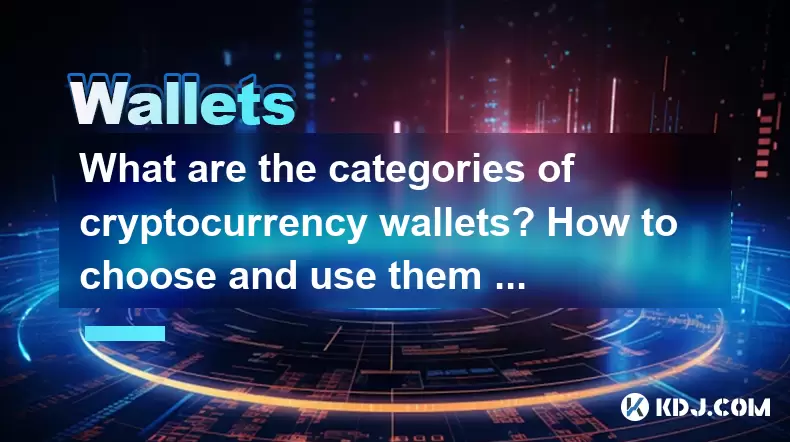
What are the categories of cryptocurrency wallets? How to choose and use them safely?
Jun 21,2025 at 10:42pm
Understanding Cryptocurrency WalletsCryptocurrency wallets are essential tools for anyone involved in the digital asset ecosystem. They allow users to store, send, and receive cryptocurrencies securely. Unlike traditional wallets that hold physical money, crypto wallets manage cryptographic keys—private and public—which interact with blockchain networks...
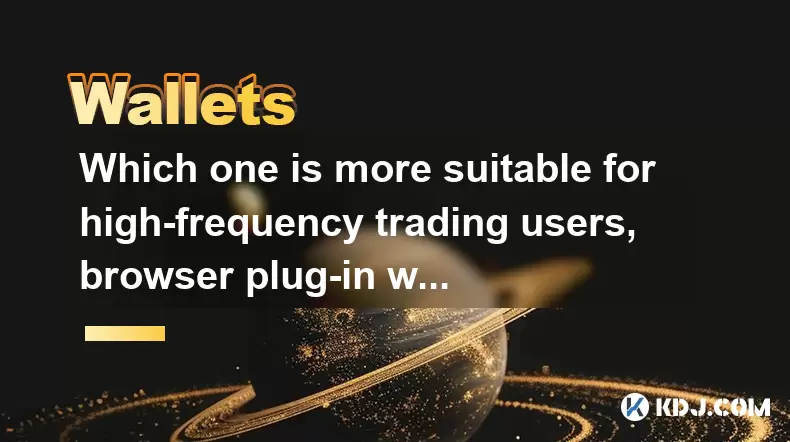
Which one is more suitable for high-frequency trading users, browser plug-in wallets or independent application wallets?
Jun 23,2025 at 08:22am
Understanding the Role of Wallets in High-Frequency TradingFor high-frequency trading (HFT) users in the cryptocurrency market, wallet selection is critical due to the need for speed, security, and seamless integration with trading platforms. HFT involves executing a large number of trades within seconds or even milliseconds, which demands a wallet that...

What are the differences between the operating mechanisms of on-chain wallets and off-chain wallets? Is there a big difference in transaction fees?
Jun 25,2025 at 08:49am
Understanding On-Chain WalletsOn-chain wallets are digital wallets that directly interact with the blockchain network. These wallets store users' private keys, which are essential for signing and authorizing transactions on the blockchain. When using an on-chain wallet, every transaction must be recorded and verified by the decentralized nodes in the ne...
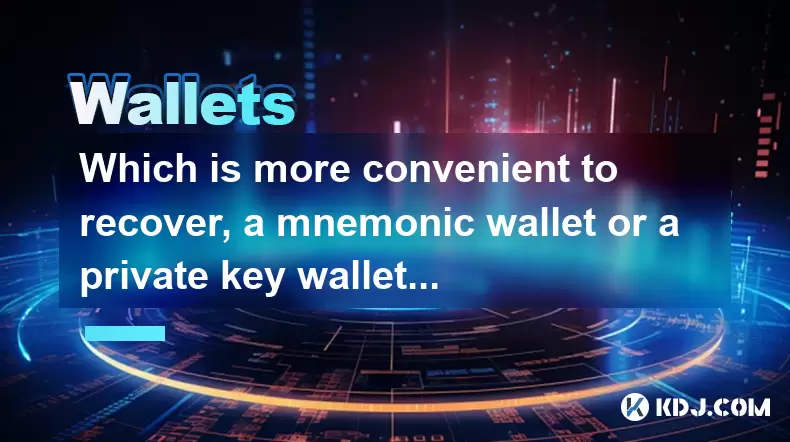
Which is more convenient to recover, a mnemonic wallet or a private key wallet? Will security be compromised?
Jun 20,2025 at 06:36am
Understanding Mnemonic Wallets and Private Key WalletsIn the world of cryptocurrency, wallet recovery is a crucial aspect that users must understand before storing digital assets. Two popular methods for securing and recovering wallets are mnemonic phrases and private keys. Both serve as gateways to access funds, but they differ significantly in terms o...
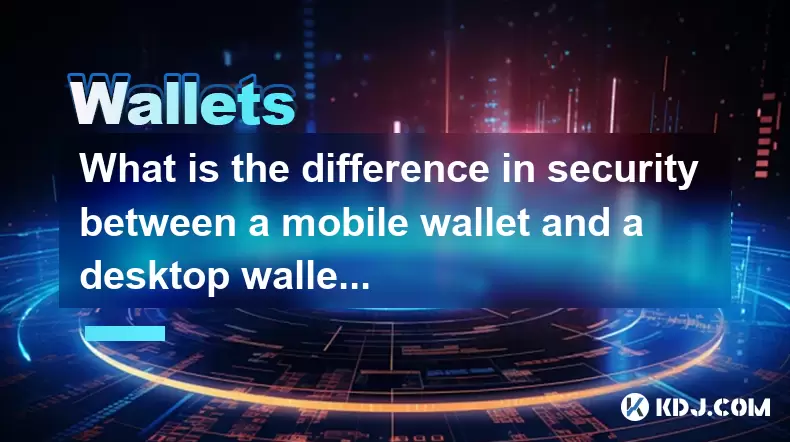
What is the difference in security between a mobile wallet and a desktop wallet?
Jun 22,2025 at 12:35pm
Understanding the Security Aspects of Mobile WalletsMobile wallets are digital wallets designed to run on smartphones, allowing users to store, send, and receive cryptocurrencies conveniently. The security of mobile wallets largely depends on how well the device is protected from malware, phishing attacks, and unauthorized access. One key feature of mob...

How to stake cryptocurrencies on Coinbase? Benefits and risks
Jun 27,2025 at 06:36pm
Understanding Cryptocurrency Staking on CoinbaseStaking cryptocurrencies involves locking up digital assets to support the operations of a blockchain network, typically in return for rewards. Coinbase, one of the most popular cryptocurrency exchanges globally, offers staking services for several proof-of-stake (PoS) coins. Users can stake their holdings...

What are the categories of cryptocurrency wallets? How to choose and use them safely?
Jun 21,2025 at 10:42pm
Understanding Cryptocurrency WalletsCryptocurrency wallets are essential tools for anyone involved in the digital asset ecosystem. They allow users to store, send, and receive cryptocurrencies securely. Unlike traditional wallets that hold physical money, crypto wallets manage cryptographic keys—private and public—which interact with blockchain networks...

Which one is more suitable for high-frequency trading users, browser plug-in wallets or independent application wallets?
Jun 23,2025 at 08:22am
Understanding the Role of Wallets in High-Frequency TradingFor high-frequency trading (HFT) users in the cryptocurrency market, wallet selection is critical due to the need for speed, security, and seamless integration with trading platforms. HFT involves executing a large number of trades within seconds or even milliseconds, which demands a wallet that...

What are the differences between the operating mechanisms of on-chain wallets and off-chain wallets? Is there a big difference in transaction fees?
Jun 25,2025 at 08:49am
Understanding On-Chain WalletsOn-chain wallets are digital wallets that directly interact with the blockchain network. These wallets store users' private keys, which are essential for signing and authorizing transactions on the blockchain. When using an on-chain wallet, every transaction must be recorded and verified by the decentralized nodes in the ne...

Which is more convenient to recover, a mnemonic wallet or a private key wallet? Will security be compromised?
Jun 20,2025 at 06:36am
Understanding Mnemonic Wallets and Private Key WalletsIn the world of cryptocurrency, wallet recovery is a crucial aspect that users must understand before storing digital assets. Two popular methods for securing and recovering wallets are mnemonic phrases and private keys. Both serve as gateways to access funds, but they differ significantly in terms o...

What is the difference in security between a mobile wallet and a desktop wallet?
Jun 22,2025 at 12:35pm
Understanding the Security Aspects of Mobile WalletsMobile wallets are digital wallets designed to run on smartphones, allowing users to store, send, and receive cryptocurrencies conveniently. The security of mobile wallets largely depends on how well the device is protected from malware, phishing attacks, and unauthorized access. One key feature of mob...
See all articles























































































